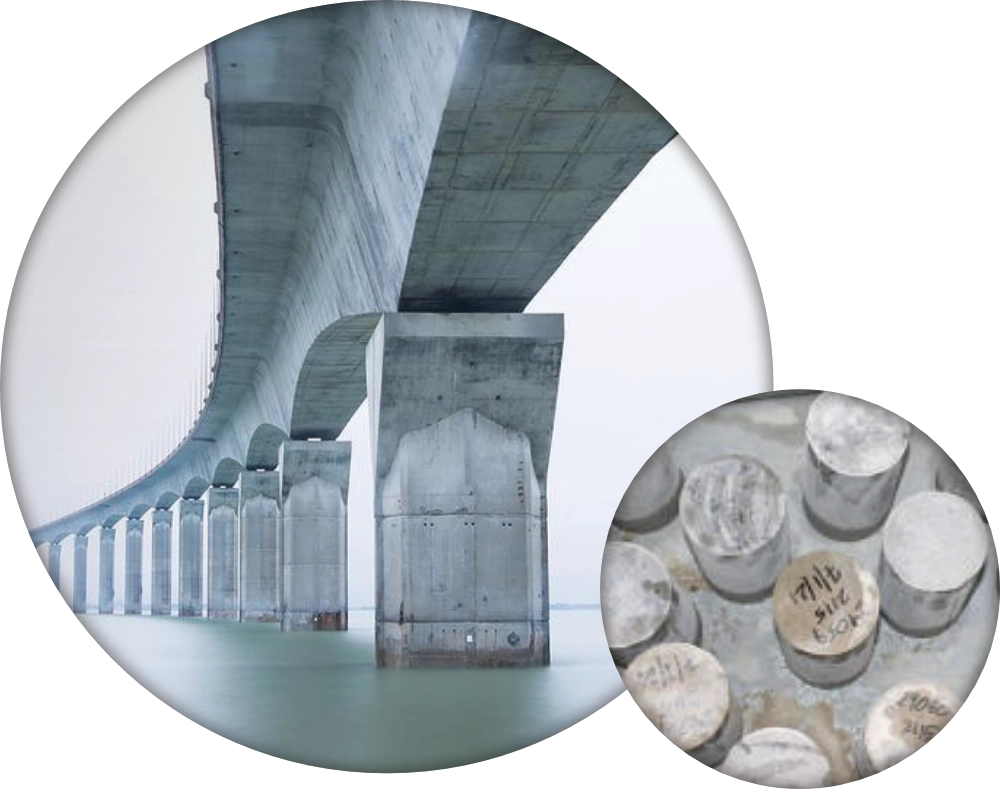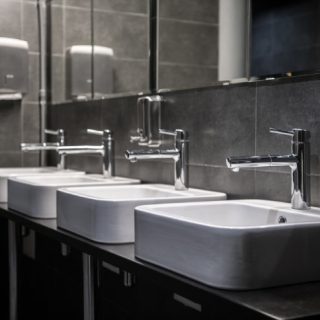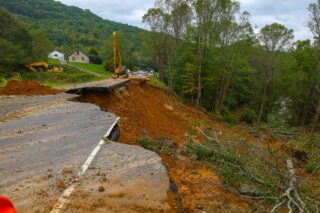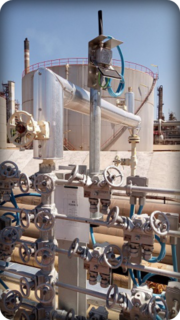Remote Concrete Hydration Testing
Remote monitor and analyzing of concrete curing elements
Background

New “smart buildings” use Internet of Things (IoT) devices — sensors, software, online connectivity — to monitor various building characteristics, analyze the data, and generate insights around usage patterns and trends that can be used to optimize the building’s environment and operations. Today, the infrastructure of most smart buildings operates from a building automation system that is controlled either on one main computer or from a web-based system. As more systems gravitate to working in cloud-based platforms, moving to IoT processes will become easier and more powerful.
Challenge
Faced with the challenge of monitoring temperatures of different construction materials’ samples, HAE & Associates, a leading consulting engineering firm working within the Great Lakes building community, monitors and maintains strict temperature levels within their lab’s specialized pH solution tanks. HAE provides advanced materials evaluation services at all stages, from product development to materials already in place. The team also helps to diagnose failures, develop methods for improving existing products and in some cases recommends new uses for materials for different applications. An industrial IoT remote monitoring solution seemed like the ideal response for its tank monitoring challenge, so a project was proposed by wireless-based connectivity specialists Red Wireless.
Eager to take on the challenge, Michigan-based Red Wireless first evaluated what was needed for a comprehensive solution (in this case sensors, wireless communication options, gateways, and platforms) and then set forth to test the best possible sources in the industry.
The success of this solution was a result of the excellent partners, I am happy to report that HAE Associates rated us with a 100 percent satisfaction rating.
José Cruz CEO, Red Wireless
Topology
Sensors were necessary to record temperatures, but they also needed to be rugged enough to chemically withstand the various alkaline/acid levels present inside the tank’s solution without altering measurements. Additionally, the monitoring process required to track data, every hour daily for 12 months. The sensor and wireless connectivity technology needed to handle this heavy load and contain a battery that could withstand this demand. The solution also had to withstand the harshest of RF environments, with minimal or no human intervention after installation. Finally, and probably most important of all, the pilot would be deployed right at the start of the Covid-19 pandemic and under the subsequent state and national lock-down guidelines. Clearly the challenge was significant.
Eager to take on the challenge, Michigan-based Red Wireless first evaluated what was needed for a comprehensive solution (in this case sensors, wireless communication options, gateways, and platforms) and then set forth to test the best possible sources in the industry.
Solution
Red Wireless opted for LoRaWAN® protocol for its wireless communication. This protocol is robust against “noisy” RF environments and is also secure and encrypted. As the sensors needed to be compatible with LoRa®, MultiTech Reveal™ industrial LoRaWAN wireless sensors were selected. The MultiTech Reveal sensors are designed with an open architecture for flexible integration, and an optional web-based console for provisioning, monitoring, and configuration of the sensors in the field. Custom design is also available with the goal of achieving seamless sensor-to-cloud solutions for a variety of applications.
The gateway of choice was the MultiTech Conduit® AP Access Point for LoRa technology, due to its rugged yet small form factor among other features which made it ideal for extending LoRa connectivity in difficult to reach indoor environments.
A week before non-essential workers were asked to stay at home, due to the Covid pandemic, the pilot began. “To say that our expectations were exceeded is an understatement”, said José Cruz, CEO of Red Wireless. “With over 25 years of cellular and non-cellular wireless experience, connectivity is at the very core of all Red Wireless operations and forms the foundation for all our services and solutions – and this project’s success serves as testament of that.”
“The success of this solution was a result of the excellent partners”, continued Cruz. “I am happy to report that HAE Associates rated us with a 100 percent satisfaction rating.”
Outlook
The list is long for Red Wireless in terms of future plans, but for starters, it includes new sensors with specialized probes to monitor the water levels of the specific pH-solution filled tanks, as well as other indoor and outdoor building metrics. One thing is true for José Cruz, “our plans and list for the future is long, but MultiTech’s Reveal sensors is clearly one of the stars.”
Ready to learn more about how MultiTech products can take your business to the next level? Contact our team of experts online at MultiTech.com today!
For additional information, contact: sales@multitech.com


